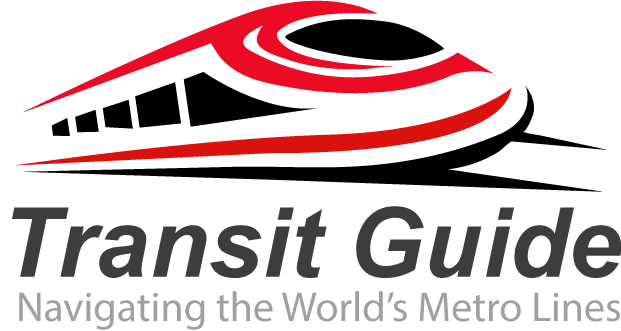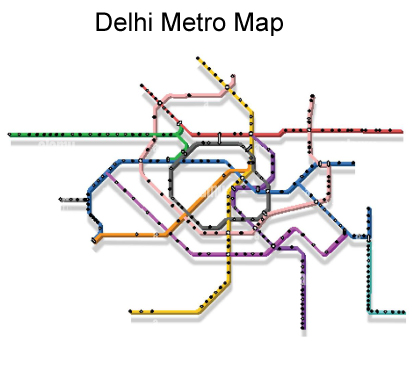The Delhi Metro, officially known as the Delhi Metro Rail Corporation (DMRC), stands as one of India’s most successful urban transportation systems. Since its inception in 2002, this world-class rapid transit system has revolutionized public transportation in the National Capital Region (NCR), connecting Delhi with neighboring cities like Gurgaon, Faridabad, and Noida.
Overview of Delhi Metro System
The Delhi Metro network spans over 390 kilometers with 286 stations across 12 colored lines, making it the second-largest metro system in India and among the largest globally. The system serves approximately 2.7 million passengers daily, significantly reducing traffic congestion and air pollution in the Delhi NCR region.
Delhi Metro Lines and Routes
The metro operates on 12 distinct colored lines:
Red Line connects Rithala to Shaheed Sthal, covering major areas including Kashmere Gate and New Delhi Railway Station. The Blue Line runs from Dwarka to Noida/Vaishali, passing through Connaught Place and Yamuna Bank. The Yellow Line connects Samaypur Badli to HUDA City Centre, serving important stations like Chawri Bazar and Guru Dronacharya.
Other significant lines include the Green Line (Brigadier Hoshiar Singh to Kirti Nagar), Violet Line (Kashmere Gate to Raja Nahar Singh), and the Pink Line (Majlis Park to Shiv Vihar), which is the longest line in the network.
Delhi Metro Timings and Frequency
Delhi Metro operates from 6:00 AM to 11:00 PM on all days, including weekends and holidays. During peak hours (7:30-9:30 AM and 5:30-8:30 PM), trains run every 2-3 minutes, while off-peak frequency ranges from 4-10 minutes depending on the line and time of day.
Ticketing and Fare Structure
The Delhi Metro uses a distance-based fare system with prices ranging from ₹10 to ₹60 for regular journeys. Passengers can use:
- Metro Smart Cards: Reloadable cards offering convenience and small discounts
- QR Code Tickets: Available through the Delhi Metro app
- Contactless Payments: Credit/debit cards and mobile wallets
- Paper Tokens: Traditional single-journey tickets
Key Features and Amenities
Delhi Metro prioritizes passenger comfort with air-conditioned coaches, dedicated women-only coaches during peak hours, and barrier-free access for differently-abled passengers. Most stations feature escalators, elevators, and modern amenities including Wi-Fi connectivity and mobile charging points.
The system is renowned for its cleanliness, punctuality, and safety standards. Security measures include CCTV surveillance, metal detectors, and trained personnel at all stations.
Environmental Impact and Sustainability
As India’s first rail-based transport system to earn carbon credits, Delhi Metro has prevented over 3.8 million tons of CO2 emissions. The system extensively uses regenerative braking and solar power, with many stations featuring rooftop solar panels.
Future Expansion Plans
DMRC continues expanding with Phase IV construction underway, which will add approximately 104 kilometers and 114 new stations. Upcoming corridors include extensions to enhance connectivity with satellite cities and improve last-mile connectivity.
Planning Your Journey
Use the official Delhi Metro app or website for real-time updates, route planning, and fare calculation. The system integrates with other transport modes through feeder buses and last-mile connectivity options.
The Delhi Metro remains an exemplary model of urban transportation, combining efficiency, sustainability, and passenger convenience while serving as a catalyst for economic development in the National Capital Region.

